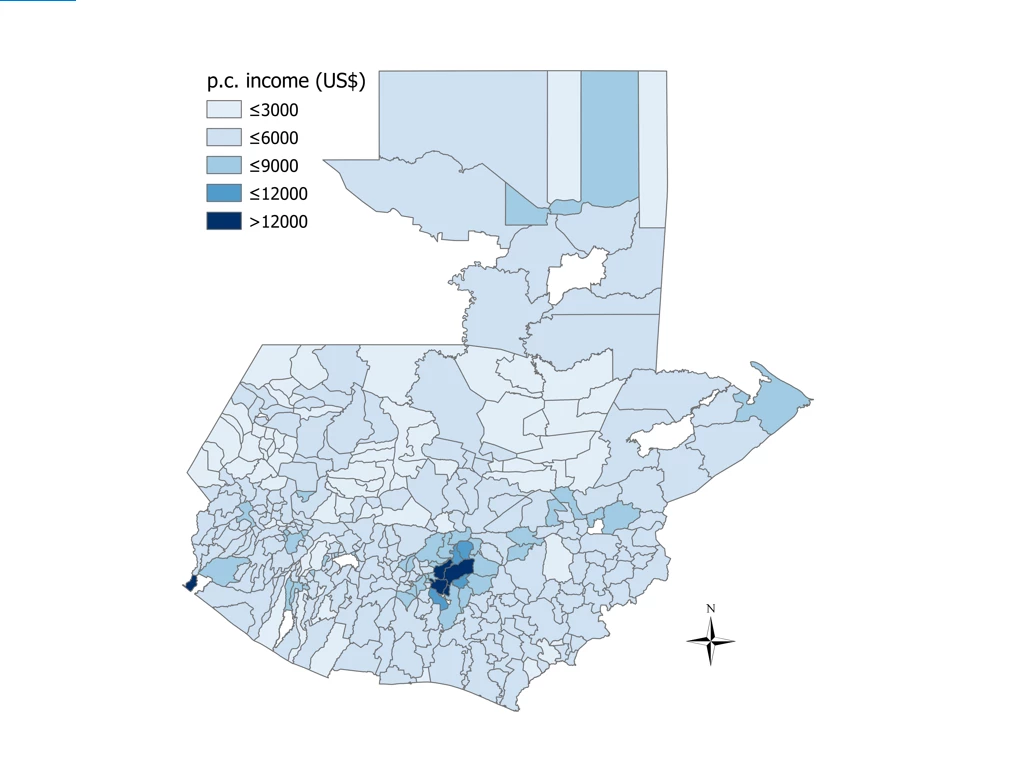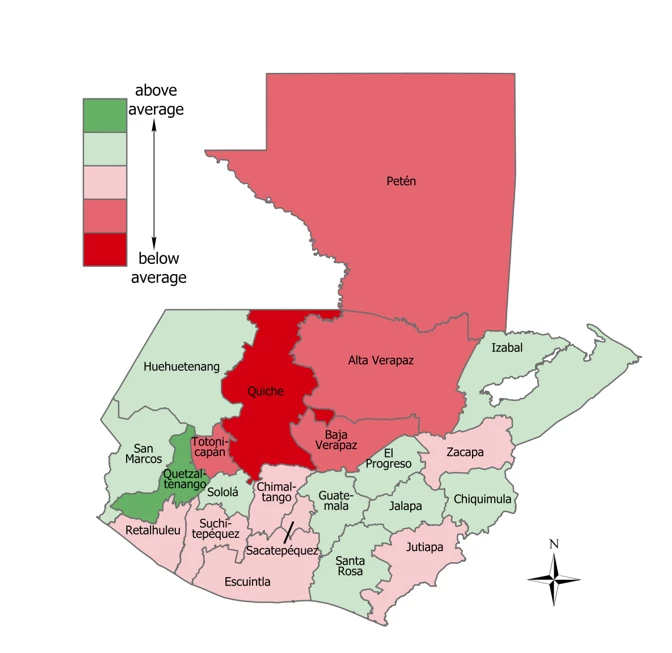
This blog post is part of a series for the 'Bureaucracy Lab', a World Bank initiative to better understand the world's public officials.
In preparation for our upcoming conference – Innovating Bureaucracy (Nov 8-9; register here) – we thought it would be interesting to look across the globe at how the public sector may affirm or challenge our expectations. What characteristics do we most often associate with public sector bureaucracies? Perhaps we might think that they grow larger the older they become, or that bureaucrats are mostly older men with average educations.
Using new data on the public sector, we can begin to challenge some of these assumptions. The data comes from the World Bank’s new Worldwide Bureaucracy Indicators (WWBI) (to be published 2018). This product of the Bureaucracy Lab tracks public/private wage differentials, relative wages across government jobs, demographic characteristics of the workforce, public/private shares in total, and wage employment. Let’s look at five commonly held beliefs about bureaucracies and see how they hold up in the data.
1: Bureaucrats are old
Although we may think of bureaucrats as a largely entrenched “old guard”, the dataset shows otherwise. In fact, the mean age of public sector employees is a mere 41 years old , just 5 years older than the private sector average (36).
In the developing world, public sector workers are actually younger, on average, than public servants in high-income countries. For example, in Ethiopia, public servants are generally around 35 years old , while their equivalents in the US are over 44 years old. Overall, lower-income public servants are about 2 years younger across the globe.
2: Older bureaucracies are massive
Older bureaucracies are often characterized as bloated. However, the Worldwide Bureaucracy Indicators show that public sectors consistently account for about 28% of wage or salaried employment , on average, and about 16% of total employment. These trends hold across income level. Low- and high-income countries are not significantly different when it comes to the size of their bureaucracies as a share of wage employment. For instance, in Tanzania, the share of public sector workers—28.8%—is practically equivalent to the United Kingdom.
3: Bureaucracies are Boys’ Clubs
Another common assumption is that bureaucratic professions are gender-biased toward men. Although the data does support this hypothesis to some degree, there are some counterintuitive findings.
Globally, only about 43% of public servants are women, on average, and this percentage is even lower in low-income countries: about 29%.

However, when we look at trends of women already in the workforce, it is encouraging that a third of women consistently choose public service, and this applies across income and regional lines.

Even more encouraging is that these rates are higher in the Middle East (45%) and South Asia (38%) where gender diversity has been a challenge. These rates suggest that, although there are fewer women in the workforce, the women who are working are more likely to choose public service, at rates that are comparable to Scandinavia and Central Europe (38%).
4: Bureaucrats are undereducated (less educated/ have less degrees/ lack tertiary education)
We may think of bureaucrats as only having an average or even minimal level of education when compared to their private sector counterparts where higher degrees are often encouraged. However, here again the Worldwide Bureaucracy Indicators show a much different picture.
In fact, when looking at bureaucracies worldwide, a staggering 45% of public servants have a tertiary-level education on average. This is in extreme contrast to the private market where the rate is only about 17%. These trends hold across geographic regions and income levels – public servants are consistently well-educated in both high and low-income countries.
5: Bureaucrats are underpaid
A final assumption of the public sector could be that bureaucracies have large numbers of underpaid public servants. However, when compared to the private sector, bureaucrats tend to come out ahead in almost every region.
The average wage premium for a public servant is about 17% over the private sector. And the public sector wage is consistently higher in most geographic regions and across all income levels.

Although we have preconceived notions about bureaucracies, the Worldwide Bureaucracy Indicators show us that many of these can be debunked, or at least better understood. Moving forward, investing in datasets like the Worldwide Bureaucracy Indicators can help us better understand the intricacies and trends of bureaucracies so we can better tailor interventions to meet their specific needs.
If you are interested in this topic and would like to continue the dialogue, join our event on November 8-9, Innovating Bureaucracy, to discuss challenges and innovations in bureaucracy.


Join the Conversation